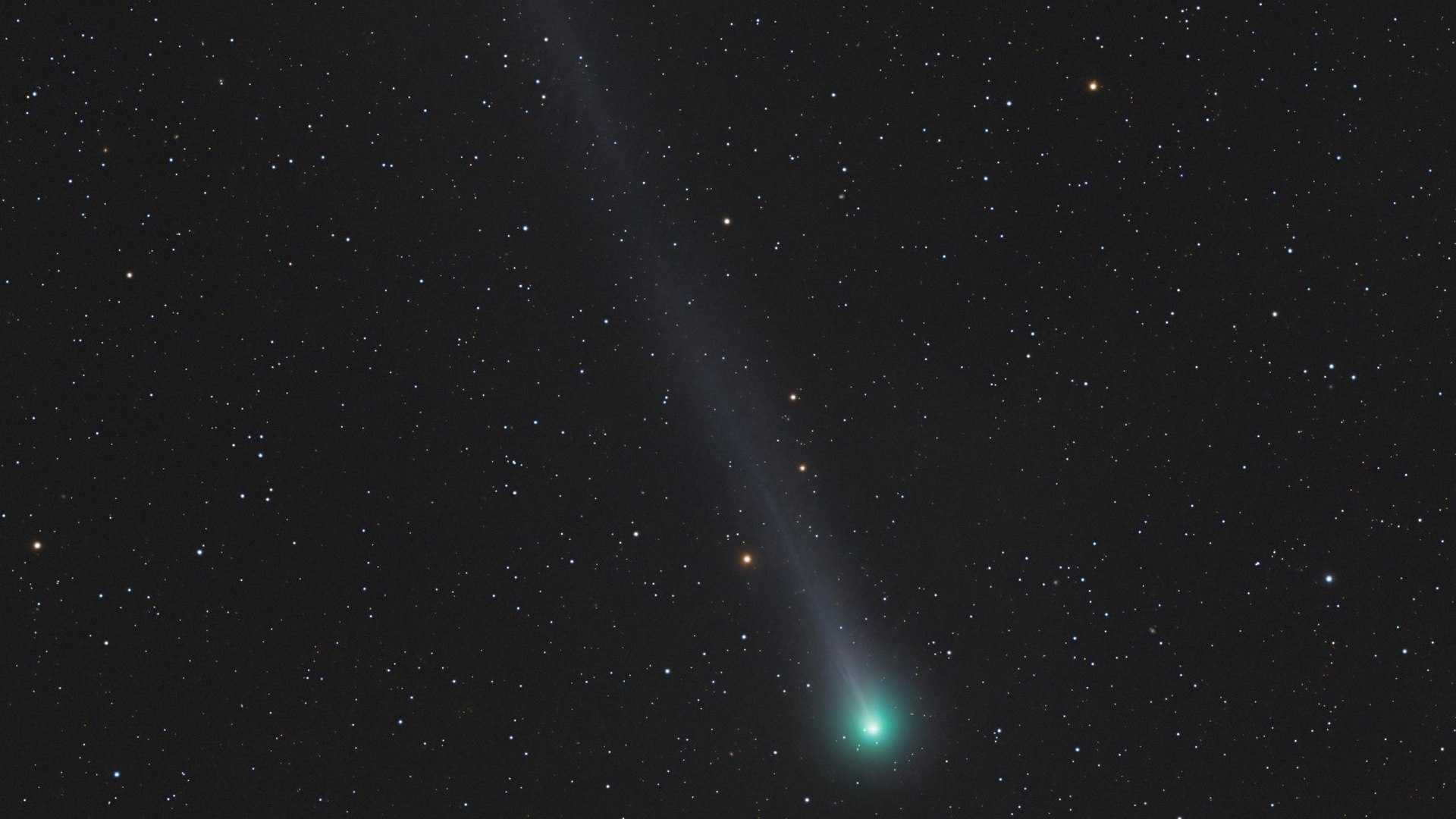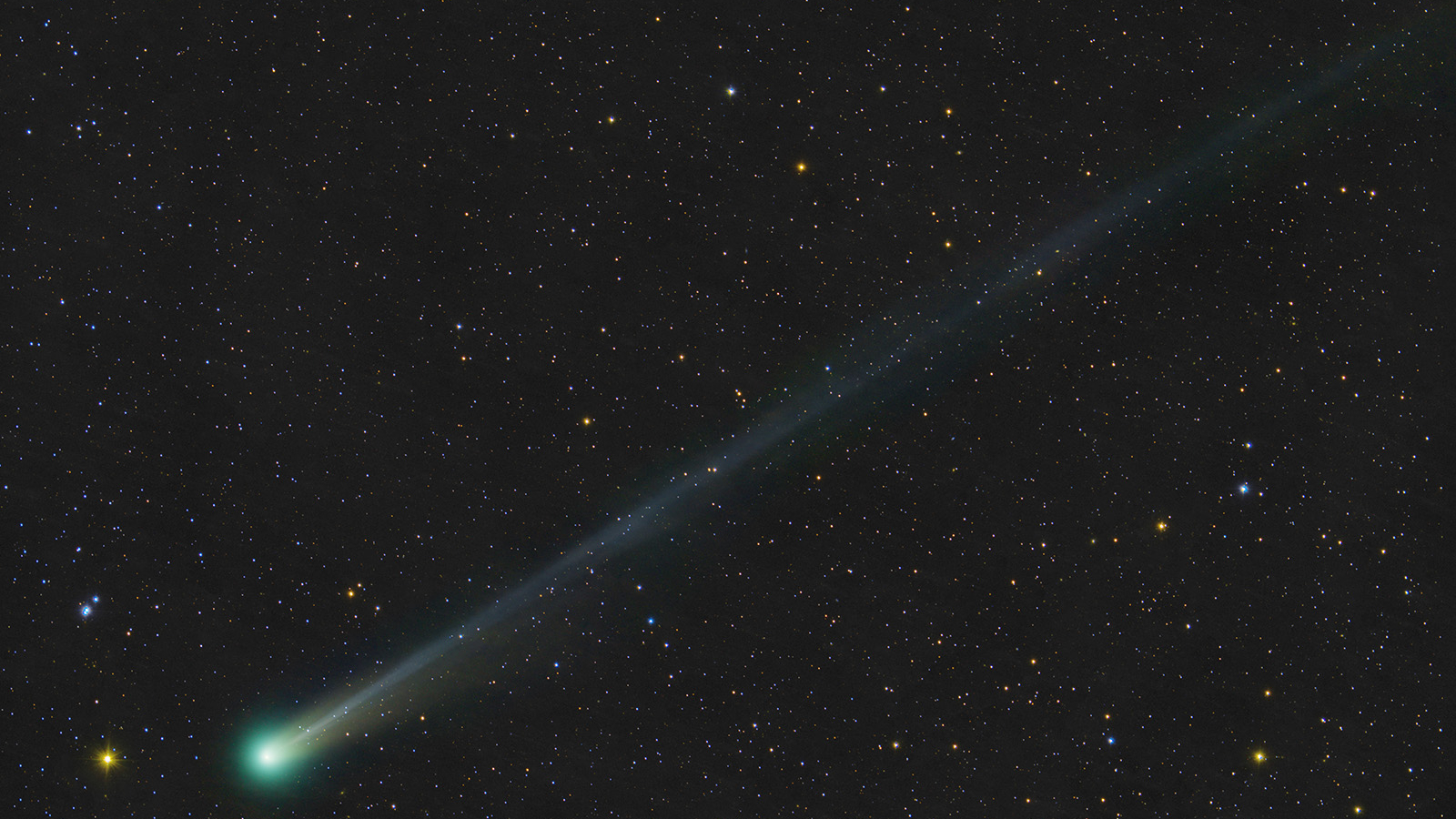Astrophotographers capture dazzling new views of Comet C/2025 A6 (Lemmon) as it brightens for October skies
Comet C/2025 A6 (Lemmon) is brightening and may soon be visible to the naked eye in the October night sky.
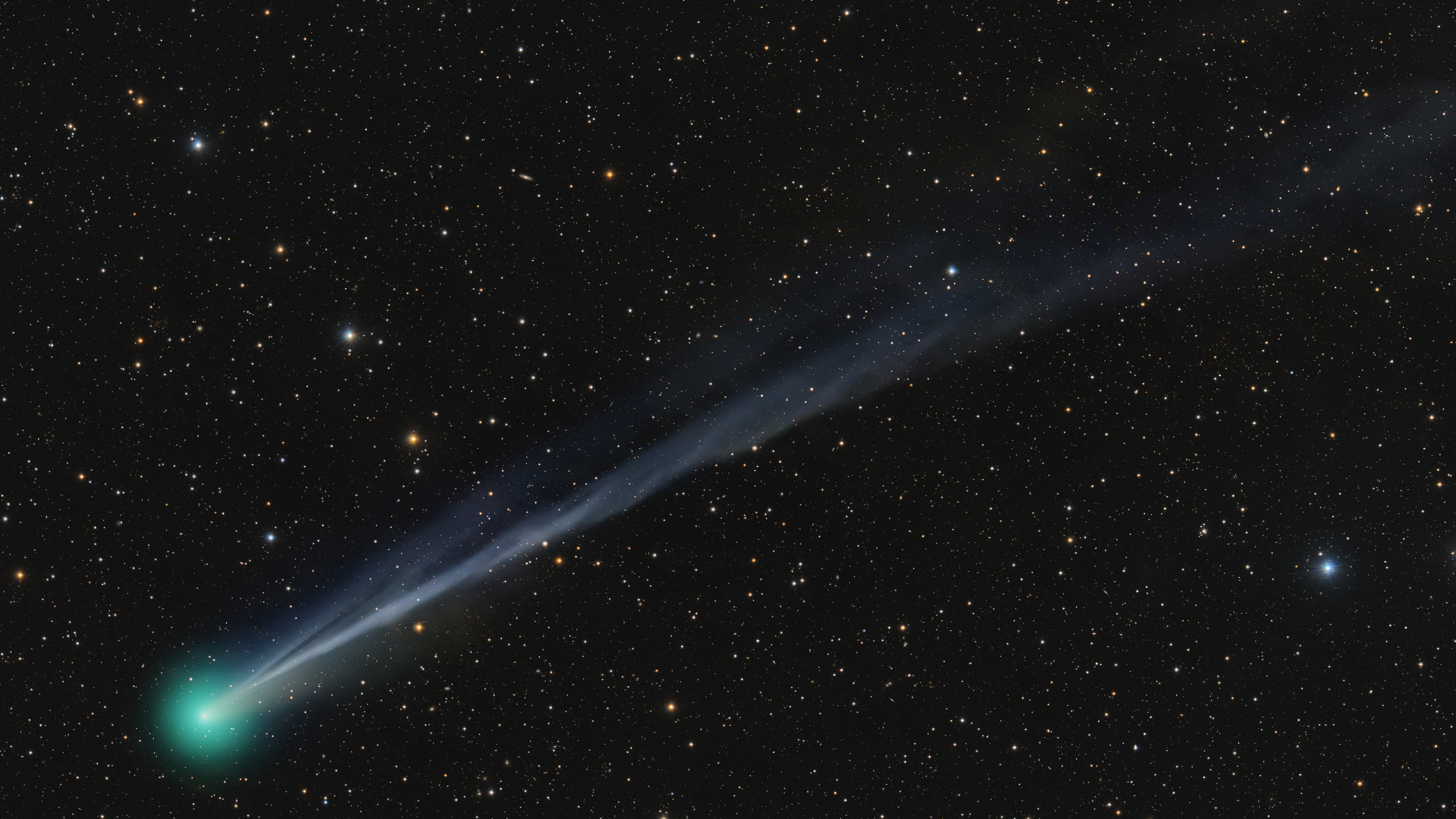
Comet C/2025 A6 (Lemmon) is just weeks away from a close approach to Earth that could make it visible to the naked eye in the October night sky. Read on for spectacular views of this wandering comet and its magnificent tail as captured by astrophotographers around the world.
Astronomers discovered Comet C/2025 A6 (Lemmon) on Jan. 3 using a 60-inch telescope located at the Mt.Lemmon Observatory in Arizona. The comet is currently heading farther into the solar system and will make its closest approach to Earth on Oct. 21, passing a little over 55 million miles (89 million kilometers) from our planet, before heading on to perihelion — its closest point to the sun — on Nov. 8.
Since its discovery, the comet has brightened significantly, jumping from magnitude +21.5 in January to +7 and beyond, raising hopes that it could become visible to the naked eye from dark sky locations in the coming month if the trend continues. Remember, magnitude is the scale used by astronomers to chart the apparent brightness of an object in the night sky. The lower the number, the brighter the object. The human eye is able to see bodies with a magnitude of +6.5 under ideal dark sky conditions.
Want to see Comet Lemmon streak across the sky? The Celestron NexStar 8SE is ideal for beginners wanting quality, reliable and quick views of celestial objects. For a more in-depth look at our Celestron NexStar 8SE review.
Comets are famously unpredictable. The recent brightening could be a transient outburst rather than a steady increase as the comet approaches to the sun, only time will tell.
Right now, the wandering solar system body is currently visible as a diffuse smudge of light through binoculars, while astrophotographers using specialized cameras attached to powerful backyard telescopes are already capturing breathtaking long-exposure views of the comet's bright nucleus and twisting ion tails.
Comet C/2025 A6 (Lemmon) in pictures
Astronomer Aleix Roig captured this image of Comet Lemmon in the moonless skies above Catalonia, Spain, on Sept. 22, revealing the haunting glow of the central coma from which flows a spectral ion trail.
"In this image, you can clearly see the comet's greenish coma, a result of diatomic carbon (C2) fluorescing in sunlight and its developing tail extending away from the Sun," Roig wrote in a blog post on his astronomy website www.astrocat.info. "These features make "Lemmon" a striking reminder of the icy wanderers that visit the inner solar system from the distant Oort Cloud."
Breaking space news, the latest updates on rocket launches, skywatching events and more!
Jānis Šatrovskis stitched together a stunning timelapse view revealing the extent to which C/2025 A6 (Lemmon) traveled relative to the starfield beyond just a few days later on Sept. 25 from Burtnieki, Latvia.
Komētas C/2025 A6 Lemmon laiklēciena video. Ja ieskatas, tad redz ka netālu no komas, astē, ir gaišāka daļa kas attālinās no komas. Dinamiska. Un tas stundas laikā. pic.twitter.com/ogK4Wnxj08September 25, 2025
Even more detailed views came courtesy of astrophotographer Dan Bartlett, who imaged the comet over multiple nights to reveal how the complex structure of its ever-shifting tail evolved over time from his backyard in June Lake, California, over recent weeks. Bartlett captured the comet's twisting ion tail wax and wane as it was buffeted by the solar wind emanating from our parent star.
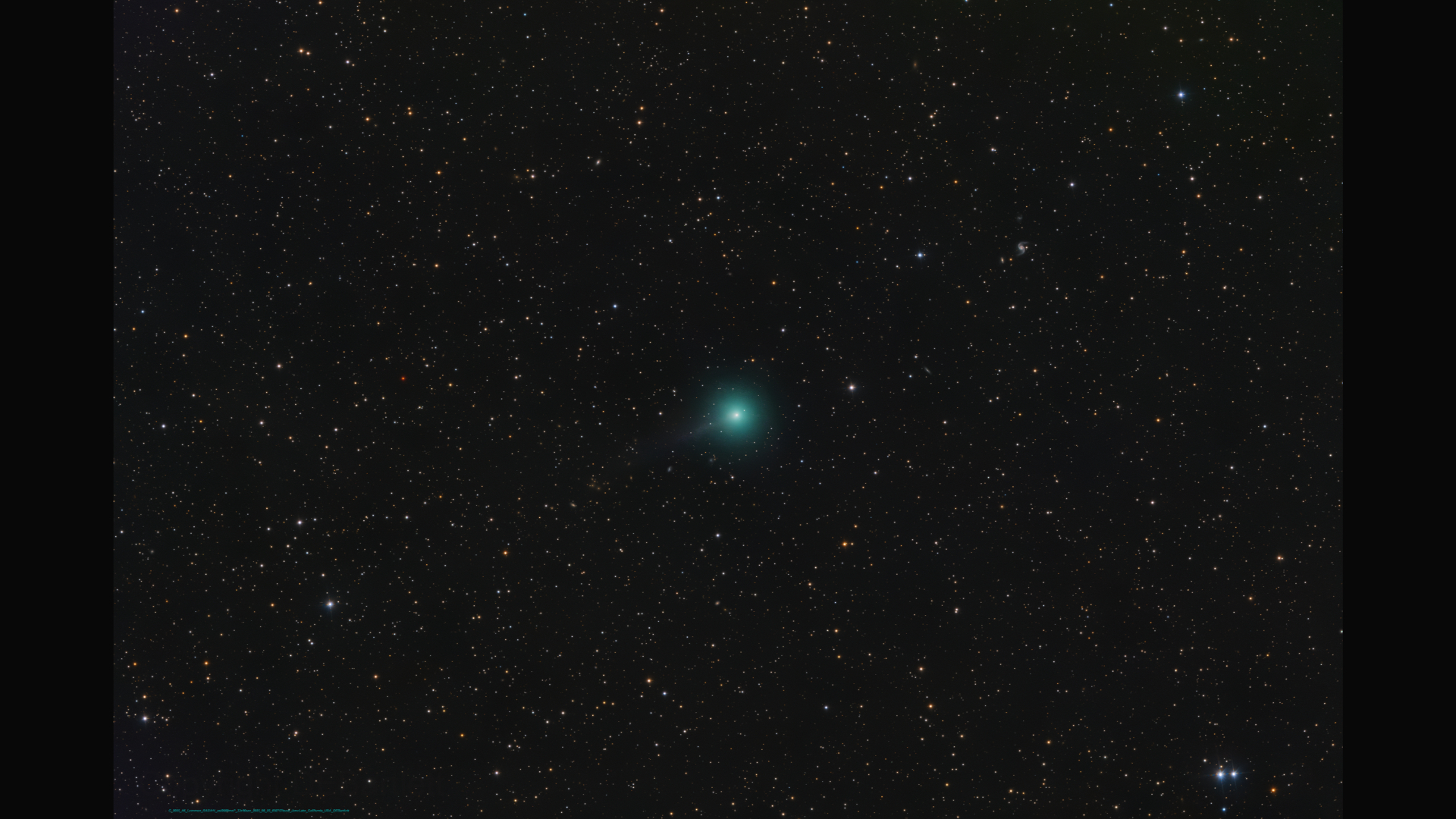
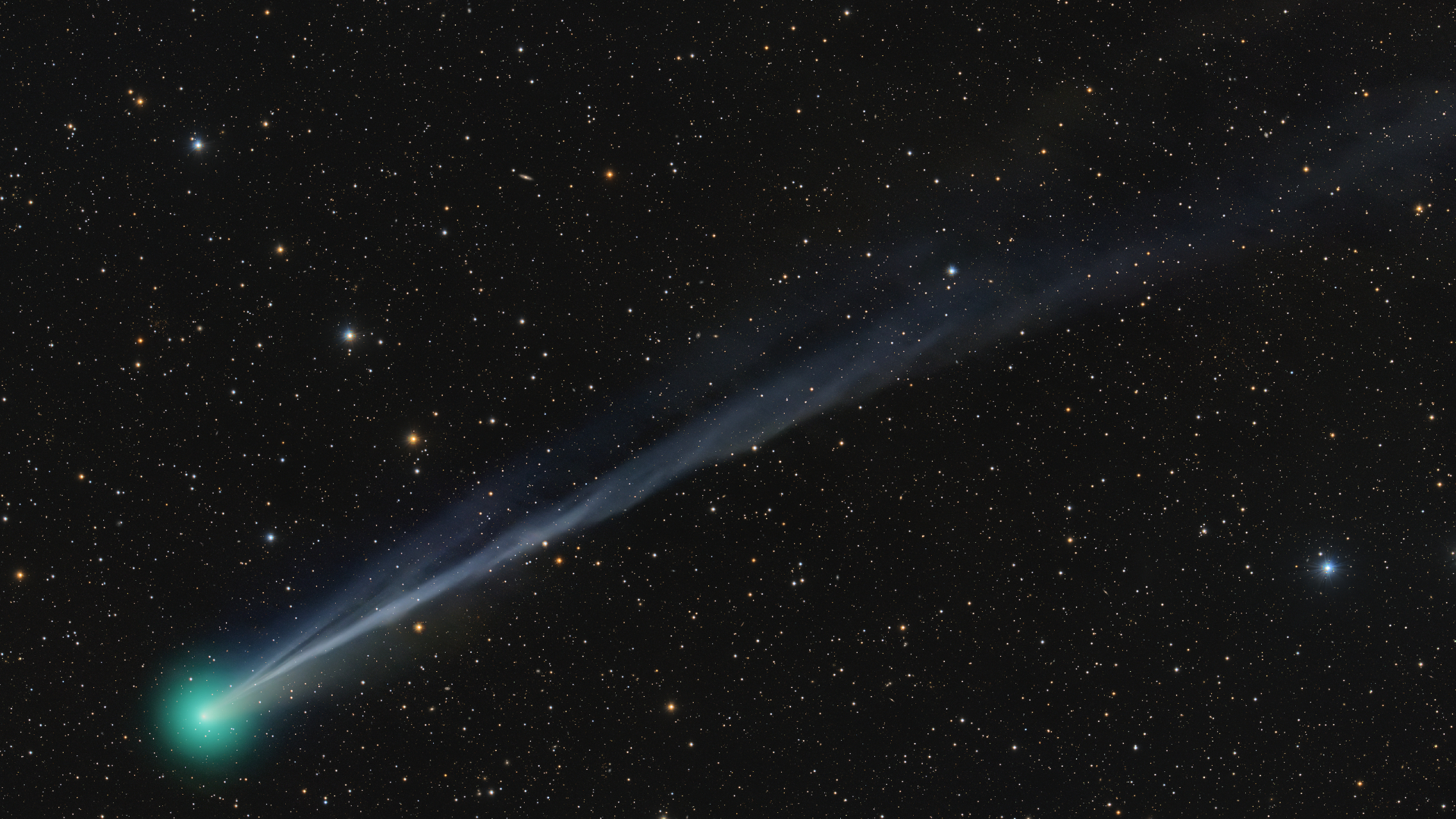
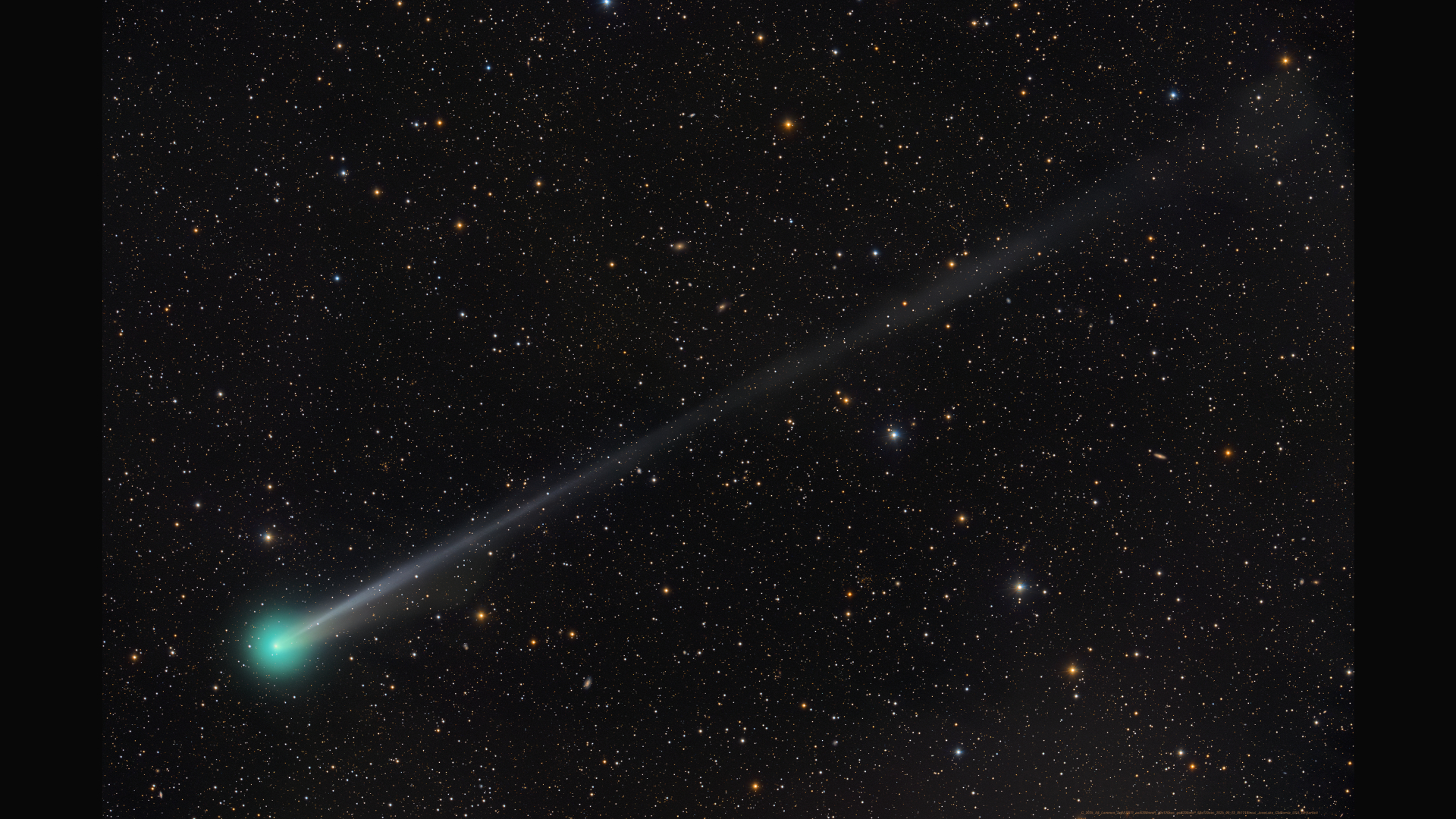
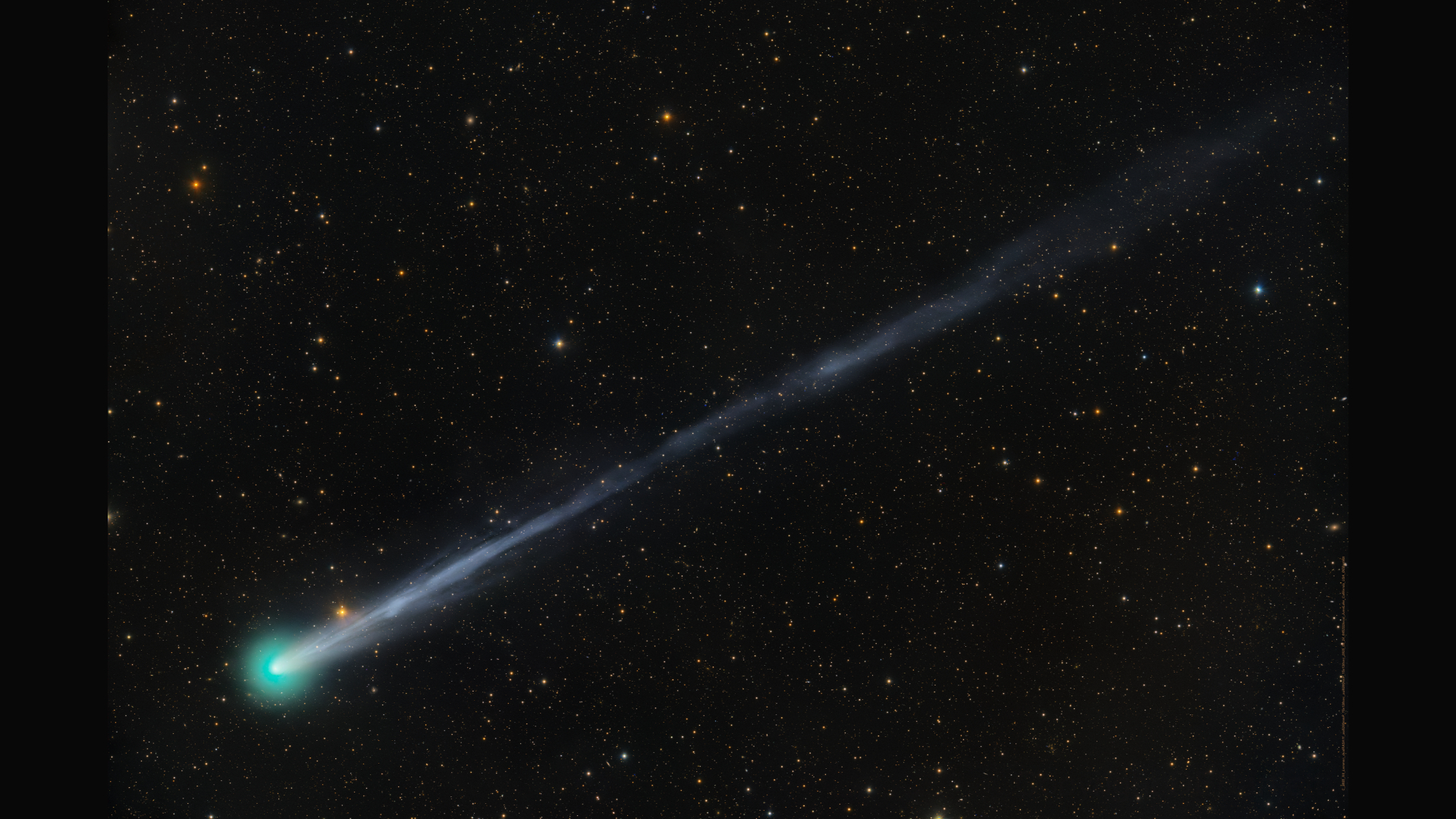
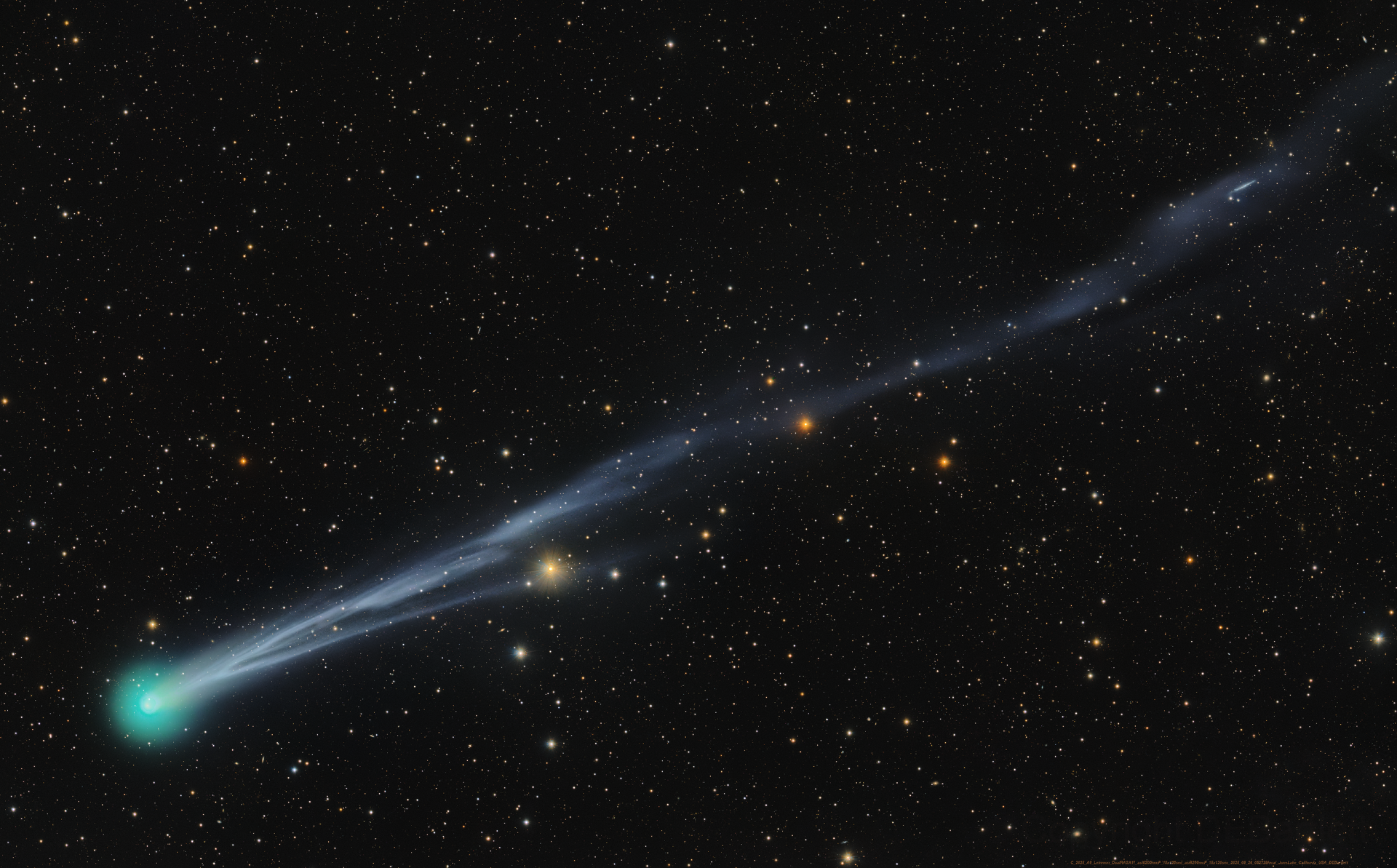
Chris Schur produced a spectacular hour-long exposure of Comet Lemmon over Payson, Arizona, on Sept. 30.
"While Comet Lemmon was merely a soft diffuse glow in the binoculars, long exposure imaging revealed a stunning object with a lovely teal colored head turning into a pair of tails - one golden hued made of dust near the head, and a long blue streamer of gas traveling all the way across my 3 degree wide field with the 8inch astrograph," Schur told Space.com in an email.
X user Bray Falls captured yet another gorgeous view of C/2025 A6 (Lemmon) streaking through the skies above Austin, Texas, in early October as the tail showed subtle perturbations brought about by the solar wind.
Comet Lemmon is starting to look gorgeous! I took this photo this morning of the comet pic.twitter.com/cGwA4nNwcLOctober 3, 2025
Chuck's Astrophotography posted a similarly magnificent view on X, showing incredible detail in the tail as it sprawled out against a backdrop of distant stars on Oct. 2
Comet "C/2025 A6 (Lemmon)" won't return for 1,350 years, so I am taking advantage now. I captured it again this morning, Oct. 2, and it's still getting brighter. I used my Celestron RASA telescope, ZWO ASI533MC color camera, and an Antlia L-Filter from Starfront Observatories. pic.twitter.com/Fg2m6j5KusOctober 2, 2025
Comet Lemmon is best viewed in the hours preceding dawn in early October and can currently be found between the constellations Ursa Major and Leo Minor. Following perihelion on Nov. 8, Comet Lemmon will embark on a 1,351-year elliptical orbit that will see the icy body range out 243 times the Earth/sun distance before beginning its return journey to the inner solar system.
Editor's Note: If you capture an image of Comet Lemmon and want to share it with Space.com's readers, then please send your photo(s), comments, and your name and location to spacephotos@space.com.
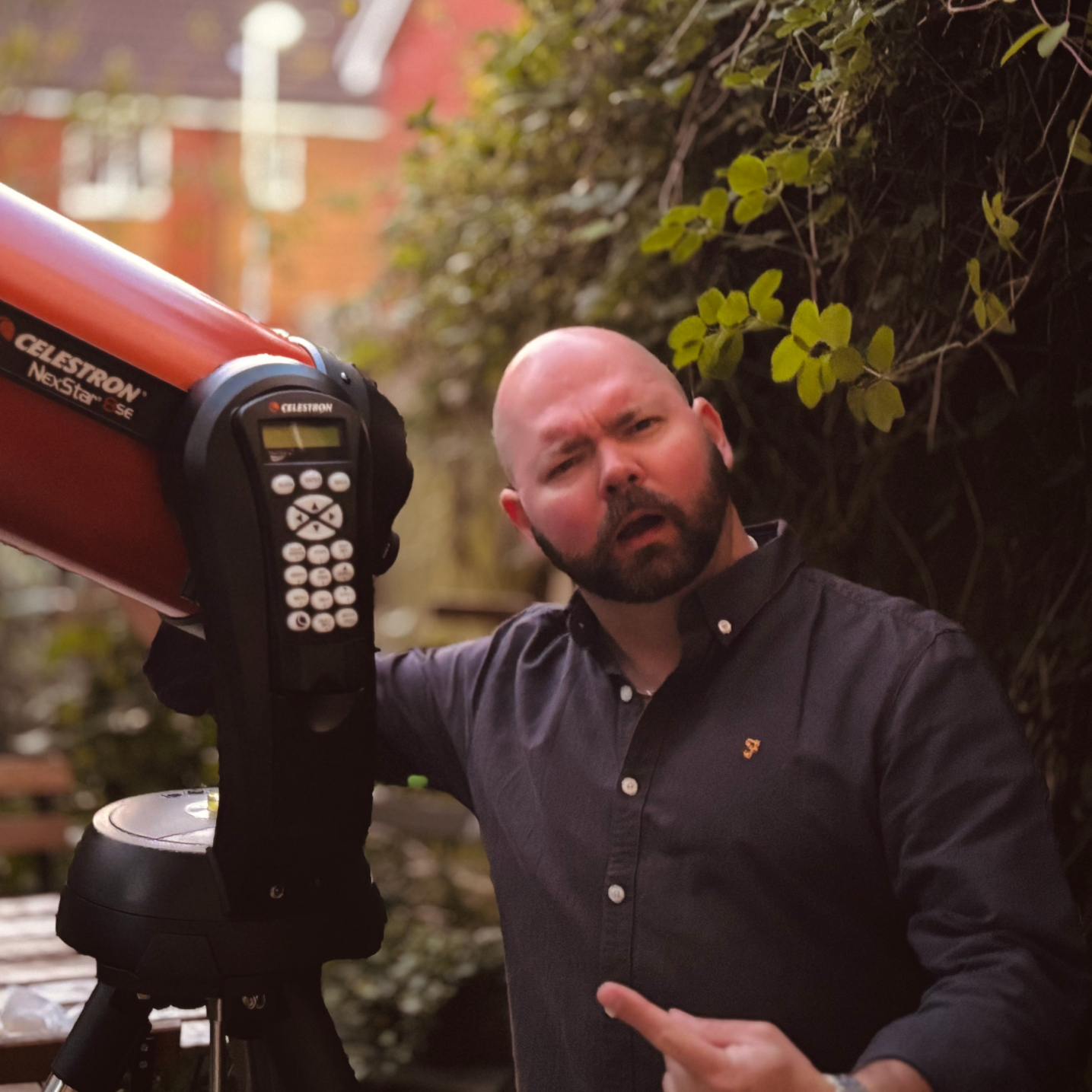
Anthony Wood joined Space.com in April 2025 after contributing articles to outlets including IGN, New Atlas and Gizmodo. He has a passion for the night sky, science, Hideo Kojima, and human space exploration, and can’t wait for the day when astronauts once again set foot on the moon.
You must confirm your public display name before commenting
Please logout and then login again, you will then be prompted to enter your display name.
